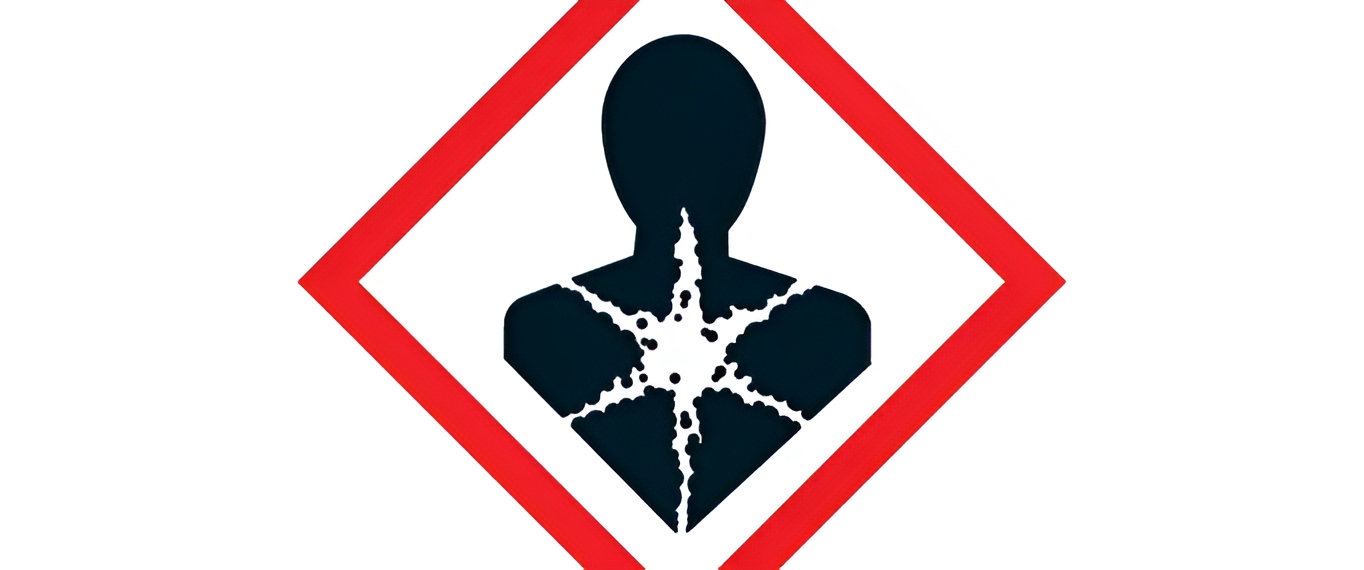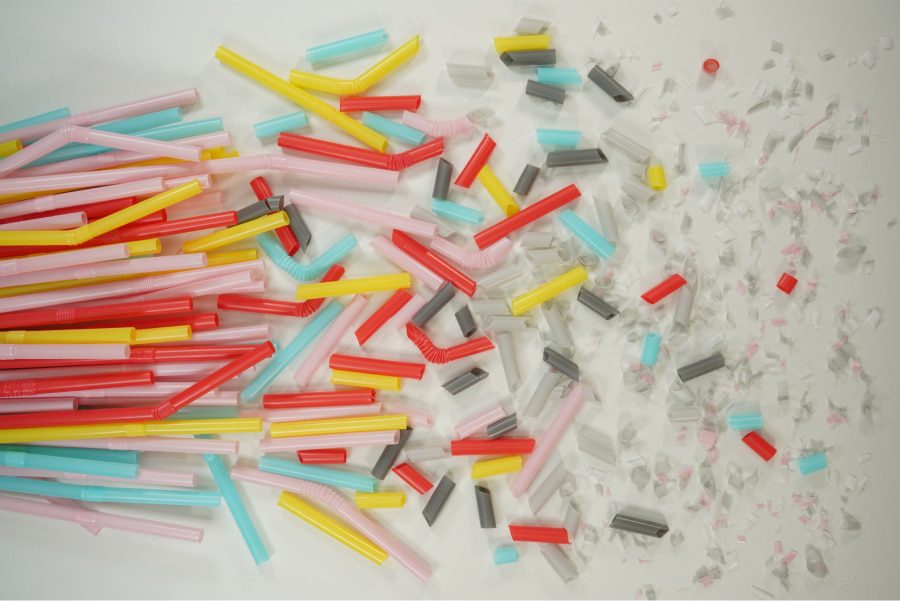What should you know about the Cosmetic Product Safety Report (CPSR)?
A Cosmetic Product Safety Report (CPSR) is a mandatory safety assessment for any cosmetic product placed on the UK or EU market. It ensures your formula and ingredients are safe for consumers and compliant with Regulation (EC) 1223/2009.
If you manufacture, import, or sell cosmetics in the UK or EU, you must have a CPSR before your products reach the market. This report evaluates the toxicological profile, composition, and exposure levels of your product to confirm it meets regulatory safety standards. We’ll also cover who prepares the CPSR, what information it must include, and common pitfalls to avoid.
What is a Cosmetic Product Safety Report (CPSR) and why do cosmetics need one?
The CPSR, (Cosmetic Product Safety Report), constitutes a vital component within a comprehensive set of regulatory prerequisites essential for marketing cosmetic products in both Europe and the United Kingdom. Specifically, four key elements are requisite for this purpose, as outlined below:
- Cosmetic Product Information File, abbreviated as PIF, which incorporates the CPSR.
- An appropriately compliant label, along with supporting evidence for various associated claims.
- Mandatory notification to the European CPNP portal, as well as the English SCPN portal, in the event of an intention to export and market products within the United Kingdom.
- Lastly, but of equal importance, the designation of a Responsible Person, situated either within the EU or the UK, should the cosmetic products also have a presence in the UK.
Understanding CPSR UK and EU requirements is essential for ensuring compliance. It is imperative to note that the absence of any one of the aforementioned four points would render the cosmetic product non-compliant with legal requirements, thereby precluding its sale.

Where can the Cosmetic Product Safety Report (CPSR) be found?
The CPSR, a critical cosmetic safety report, is housed within the Product Information File (PIF) of each cosmetic product. The PIF, in practical terms, comprises an electronic directory consisting of multiple subfolders, containing files, typically in PDF format. Among these files, the CPSR is a key component, as previously mentioned in the introduction of this article.
What regulations and guidelines govern the CPSR in the UK and EU?
The key reference regulation is the European Regulation on cosmetic products, which serves as the foundation for ensuring product safety. You can access the consolidated version of this regulation for detailed information.
Furthermore, the Scientific Committee on Consumer Safety (SCCS) plays a crucial role in providing guidance and expertise in this field through its document, Notes of Guidance for the Testing of Cosmetic Ingredients and their Safety Evaluation, which is essential for CPSR UK and EU compliance. Notably, these notes underwent their 12th revision in May 2023.
The SCCS primarily focuses on the safety of cosmetic ingredients. However, it also offers valuable advice on assessing the safety of finished products. This dual emphasis aims to enhance compliance with the prevailing European legislation governing cosmetic products.
It’s important to note that the SCCS emphasises the dynamic nature of its guidelines. They are regularly reviewed and updated to incorporate the latest scientific knowledge and insights gained from ongoing testing and safety evaluations in the field. This ensures that the guidelines remain current and aligned with evolving standards in cosmetic product safety.
What are the specific requirements of the CPSR in the UK?
Just like in Europe, cosmetic products, when sold on the UK market, require a safety assessment of cosmetics UK. The toxicologist or Safety Assessor must consider the UK regulation when preparing the Cosmetic Product Safety Report UK and make sure – if anything differs from the CPSR EU – to take account of the divergences into the report to enable the sale of the cosmetic product in Great Britain. Since the Brexit, the UK have usually followed the EU amendments to the Cosmetics Regulation. Yet, we start seeing variations as far as ingredients restrictions and bans are concerned. CTPA has published a table showing these discrepancies between both EU and UK regulations that you can find on their UK Cosmetic regulations amendments. Should you wish to know more about the UK regulations, please read our blog article UK Cosmetics Regulations: A Guide to compliance with UK regulations. You can also check our Cosmetics Registration UK Services page for further details on the process.
What are the consequences of selling cosmetics without a CPSR certification?
The Significance of CPSR Certifications and Regulatory Inspections by National Authorities
It would not be an exaggeration to assert that the Cosmetic Product Safety Report (CPSR) stands as the most pivotal document when introducing a cosmetic product to the European and English markets. Nevertheless, this assertion in no way diminishes the significance of other components within the Product Information File (PIF), such as the label, compliant formula, portal notifications, and the Responsible Person. These elements collectively ensure full compliance with the European and English Regulations.
Moreover, it is worth noting that the CPSR certification ranks as the document most rigorously scrutinised by competent national authorities. Therefore, the absence of a CPSR cosmetics certification within the PIF or its negligent preparation carries profound repercussions, including severe financial penalties (dependent on the sanctioning measures defined by the Member State where the Responsible Person operates), immediate product withdrawal from the market, and the potential necessity of reporting the issue to RAPEX.
RAPEX, the EU’s supervisory system managed by national authorities, takes such cosmetic safety reports (CPSRs) seriously. Once your cosmetic brand becomes associated with RAPEX, anticipate systematic and meticulous inspections of all your products.
Who is responsible for getting a CPSR for cosmetic products?

The person responsible for creating the Cosmetic Product Safety Report (CPSR) is the Responsible Person. It’s their duty to select a specialist called the Cosmetic Product Safety Evaluator. Collaboratively, alongside the Responsible Person, the Evaluator will craft the CPSR cosmetics certification.
It’s crucial for the Responsible Person to ensure that the Safety Assessor has the right qualifications and experience in the field. Additionally, the Responsible Person should gather all necessary documentation from manufacturers and suppliers to provide to the Evaluator the cosmetic safety report. This ensures professionalism and compliance in the process.
There’s a lot more to the Responsible Person than creating a CPSR cosmetics certification. We recommend you read our in-depth article for a more comprehensive take on the role and obligations of the Responsible Person.
Why is a CPNP number alone insufficient for legal cosmetic sales in Europe?
The CPNP (Cosmetic Products Notification Portal) number alone is not sufficient to legally sell a cosmetic product in Europe. The CPNP notification process, which generates this number, primarily serves as a means of declaring that the product is being placed on the market.
It does not involve an evaluation of the product’s safety. Evaluation of product safety is a separate and essential obligation that must be fulfilled to comply with European regulations. The CPNP notification and safety evaluation are distinct requirements, both necessary for ensuring product safety and regulatory compliance.
What steps and information are required to prepare a CPSR?

In practice, the CPSR consists of two parts, PART A and PART B: in Annex I of REGULATION (EC) no. 1223/2009 OF THE EUROPEAN PARLIAMENT AND OF THE COUNCIL of 30 November 2009 on cosmetic products, all the information that must be collected and processed by the Safety Evaluator in order to identify and quantify the dangers that the cosmetic product may present for the human health. In Annex I we find in detail which elements the two parts must contain, namely:
What does Part A of a CPSR include?
PART A contains information on the safety of the cosmetic product, such as:
1. Quantitative and qualitative composition of cosmetic products;
2. Physical/chemical characteristics and stability of the cosmetic product;
3. Microbiological quality;
4. Impurities, traces, information on packaging material;
5. Normal and reasonably foreseeable use;
6. Exposure to the cosmetic product;
7. Exposure to substances and calculation of the Margin of Safety;
8. Toxicological profile of substances (by even checking SCCS opinions, CIR opinions, industry guidelines and other regulations (REACH, CLP);
9. Undesirable effects and serious undesirable effects;
10. Information about the cosmetic product.
What does Part B of a CPSR cover?
PART B includes the evaluation of the safety of cosmetic products, namely:
1. Conclusions of the evaluation (Safety Evaluation of the product): statement on the safety of the cosmetic product in relation to article 3 of Regulation;
2. Warnings and instructions for use given on the label: declaration concerning the need to indicate on the label all particular warnings and instructions for use, in accordance with Article 19, paragraph 1, letter d;
3. Justification: Explanation of the scientific justification for the conclusions of the evaluation in Section 1 and the statement in Section 2. The explanation should be based on the descriptions in Part A. Where appropriate, margins of safety should be assessed and discussed. Among other things, a specific assessment of cosmetic products intended for children under the age of three and of those intended solely for external intimate hygiene must be carried out. Possible interactions between the substances contained in the cosmetic product must be evaluated. The reasons for the consideration or non-consideration of the various toxicological profiles must also be provided. Finally, the impacts of stability on the safety of the cosmetic product must be taken into account.
4. Provide evaluator information and confirmation of part B approval, the aspect the Responsible Person has verified prior to job assignment, as previously discussed.
How often should the CPSR be updated?
The frequency of updating the report is not explicitly specified in the EU Cosmetics Regulation nr. 1223/2009. However, Article 10 of the regulation states that the cosmetic product safety report should be kept current in light of any additional relevant information that emerges after the product has been placed on the market.
This means that you should revise the Cosmetic Product Safety Report (CPSR) whenever there are changes in the finished cosmetic product, such as a new formula or when there are updates in the law, such as new restrictions on ingredients or even bans on certain substances.
Additionally, it’s essential to update the CPSR if new information about undesirable effects becomes available. For instance, if you need to report an issue with the product to the RAPEX (Rapid Alert System for Non-Food Products), the Assessor should document this event and investigate the matter to prevent any further undesirable effects similar to the initial one.
In summary, while the regulation doesn’t specify a fixed timeframe, it is crucial to keep the Safety Assessment up to date in response to changes in the product, legal requirements, and emerging information about safety issues.
What are the common mistakes that are made in drafting the CPSR?

It’s worth noting some common errors that can occur when discussing the CPSR:
• CPSRs are based on ingredient formula composition only (and not reconstructed from raw material breakdown);
• Impurities are not identified correctly;
• The nature and evaluation of the packing material is very limited or even absent;
• Important documents on raw materials are missing (for example the IFRA certificate of a fragrance);
• Test quality is not sufficient or negative test results are ignored or underestimated;
• Toxicological data on individual ingredients are absent or very limited;
• The exposure to the cosmetic product is too optimistic or even completely wrong;
• Only systemic toxicity is quantitatively evaluated (not always well) and the other toxicological endpoints, such as skin sensitization, skin irritation, etc., have not been taken into account;
• The Security Assessor does not have the right qualifications;
The CPSR is not a one-time task; it should evolve along with the product.
Updated October 2025 – CPSR and sustainability
Sooner rather than later, CPSRs will need to include the ecotoxicological impact of products on the environment. The Ecodesign for Sustainable Products Regulation (ESPR), which came into force on 18 July 2024, is the cornerstone of the European Commission’s approach to more environmentally sustainable and circular products. Although not yet required for cosmetic products—unless a product claims to be sustainably designed in terms of packaging or formulation—consumer demand for transparency is rapidly increasing. The success of cosmetic apps such as Yuka, despite their lack of scientific background, highlights the urgency for cosmetic brands to adopt genuine sustainability practices from formulation to market launch.
Taobé offers clients the option to assess their formulas through an ecotoxicological audit using the eToxiSafe approach. This information can be easily integrated into the CPSR and Product Information File, demonstrating the brand’s commitment to sustainability. A comprehensive analysis of the product’s packaging can also be included to show the brand’s efforts to meet the 2030 goal of full recyclability for all packaging. Additionally, ecoformulation represents another step toward developing greener and cleaner products.
What are the key takeaways from a Cosmetic Product Safety Report (CPSR)?
- A CPSR is mandatory before cosmetics can be sold in the UK or EU.
- It ensures product and ingredient safety following Regulation (EC) 1223/2009.
- The report includes Part A (data & composition) and Part B (safety assessment).
- It must be prepared and signed by a qualified safety assessor.
- Regular updates are needed when formulations, suppliers, or data change.
- Avoid common mistakes like missing impurities or incomplete toxicological profiles.
In conclusion
In conclusion, it is advisable to trust an honest and reliable consultant, such as Taobé and its team. Our Safety Evaluators are highly qualified, possessing the necessary diplomas to fulfil their role and sign part B of the CPSR. Please feel free to contact us for further information.
Frequently asked questions about the Cosmetic Product Safety Report (CPSR)
What is a Cosmetic Product Safety Report (CPSR)?
A CPSR is a mandatory safety assessment for cosmetic products sold in the UK or EU. It evaluates the product’s safety, ingredients, and intended use to ensure compliance with Regulation (EC) No 1223/2009.
Why is a CPSR important?
A CPSR is legally required to sell cosmetics in the UK or EU. It ensures your product is safe for consumers, meets regulatory standards, and protects your brand from fines or market withdrawal.
Who must prepare a CPSR?
The Responsible Person placing the product on the market must ensure a CPSR is prepared. It must be conducted by a qualified safety assessor with expertise in pharmacy, toxicology, medicine, or a similar discipline.
What does a CPSR include?
A CPSR has two parts. Part A includes product data, formulation, physicochemical characteristics, stability, microbiological quality, impurities, and packaging information. Part B provides a safety assessment with a reasoned opinion on the product’s safety and any required warnings or instructions.
What documents are needed to prepare a CPSR?
To prepare a CPSR, you need the exact qualitative and quantitative formula, the full documentation including certificates of analysis for all ingredients, safety data sheets (SDS or MSDS), allergen and IFRA certificates for fragrances, stability and microbiological test results, and packaging information, as a minimum.
Is a CPSR required for private label products?
Yes, every product, including private label items, needs a CPSR. The Responsible Person is legally accountable for compliance, even if the product is manufactured by another company.
Is a CPSR required for every variant of a product?
Yes, each product variant must have its own CPSR to confirm safety and compliance, even if only minor changes like fragrance or colour differ.
What happens if I change the product’s formula or packaging?
Any change to the formula, raw materials, or packaging requires an updated CPSR. The safety assessment must be re-evaluated to maintain compliance.
In which language should the CPSR be written?
CPSRs are typically written in English for EU and UK authorities. Translation into the local language may be required depending on the country where the product is marketed.
Where should the CPSR be stored?
The CPSR must be kept in the Product Information File (PIF) at the Responsible Person’s address. It must be accessible to authorities and retained for 10 years after the last batch is sold.
Can a CPSR prepared for the EU be used in the UK?
No, post-Brexit, the UK requires a separate CPSR. A UK-compliant safety assessment ensures your product meets all local regulatory requirements.



